Untitled 1962
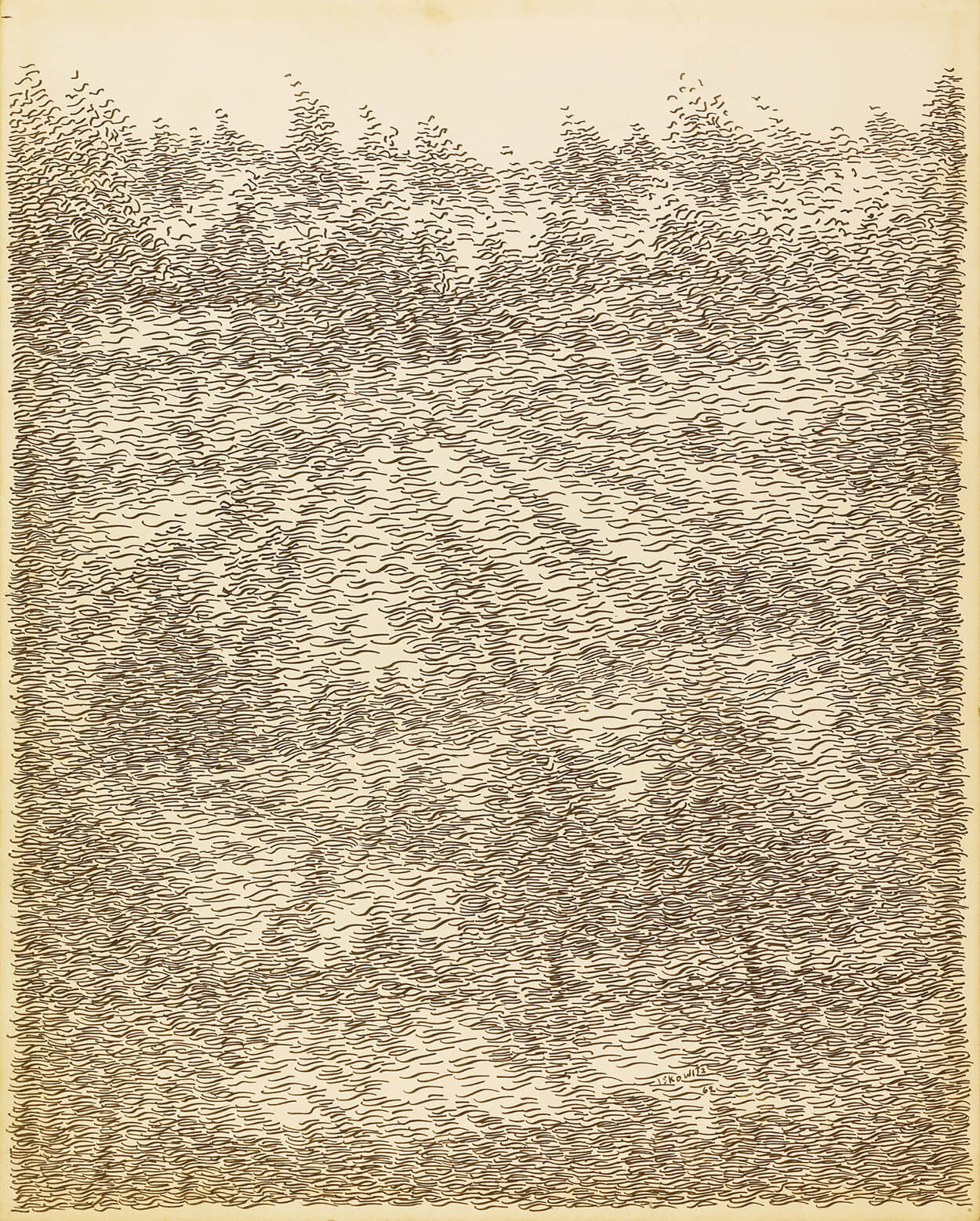
Gershon Iskowitz, Untitled, 1962
Ink on paper, 33.4 x 26.2 cm
Art Gallery of Ontario, Toronto
In drawings such as Untitled, 1962, Iskowitz explores his ideas about style and technique in art. After moving into his new Spadina studio, he began to develop a distinct direction in his work that appears to be pointillist in appearance. There is nothing, however, to suggest that Iskowitz was copying the techniques developed by the nineteenth-century French artist Georges Seurat (1859–1891). Iskowitz did apply an exaggerated form of this technique to his painting, yet his drawings maintain a sense of order and structure.
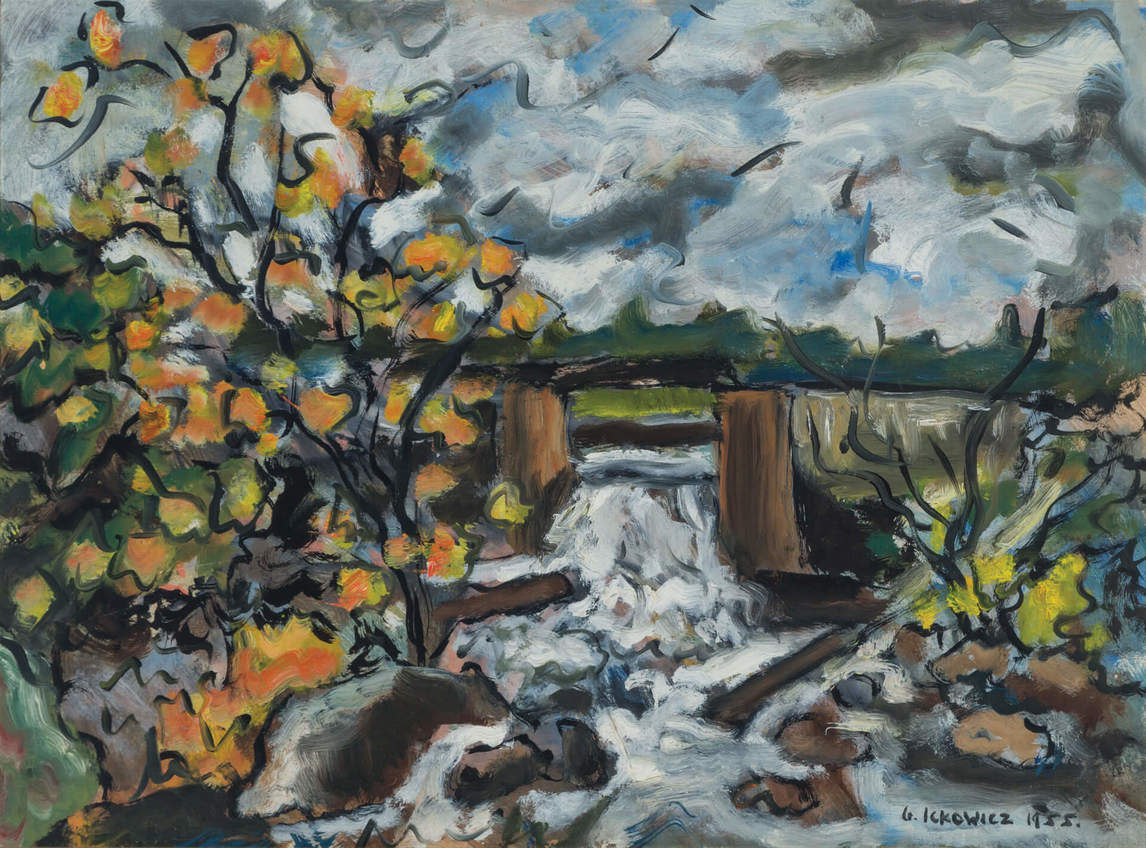
The earliest of these are landscapes from 1952 and they are distinct from his street sketches. Some of them are gestural with bold cross-hatching, which can be related to paintings of the period, such as Untitled – Rushing Water, Autumn, 1955. Iskowitz applied this new technique to a few portrait drawings, but the most successful works were the landscapes, a way to continue depicting or “registering” the land as his paintings became fully abstract.
Like his paintings beginning around 1960, this drawing is a studio invention, an idealized view. Gone is the lyrical brushwork typical of his paintings, replaced by short pen strokes that control both the depth and the perception of the picture. Using as little visual information as possible, Iskowitz produces an ordered and recognizable image. The subject matter is distinctly Canadian—a scene from the Ontario countryside. By 1962, Iskowitz had mastered the illustration of forms by grouping together small strokes of pure colour. He suggests the image by varying the intensity and the spacing of the marks, and, as viewers, we complete the picture and enter into the landscape.
For most of his career Iskowitz exhibited his colour paintings and watercolours; however, drawing continued to be an important and parallel studio activity for him. In 1981, he asked Gallery Moos to feature a group of 1980 works in an exhibition. The technique he developed in the 1960s was now reified and minimal, given density by varying the spacing of the marks. All were titled Landscape and numbered. These later works demonstrated his unique understanding of the visual world and his skill as a draughtsman.

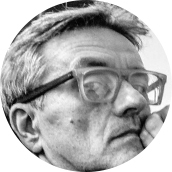 About the Author
About the Author
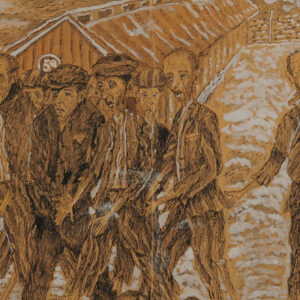 More Online Art Books
More Online Art Books
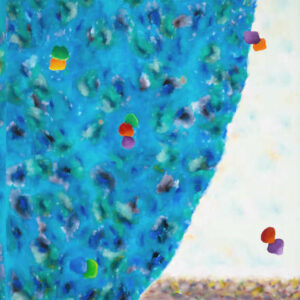 Acknowledgements
Acknowledgements